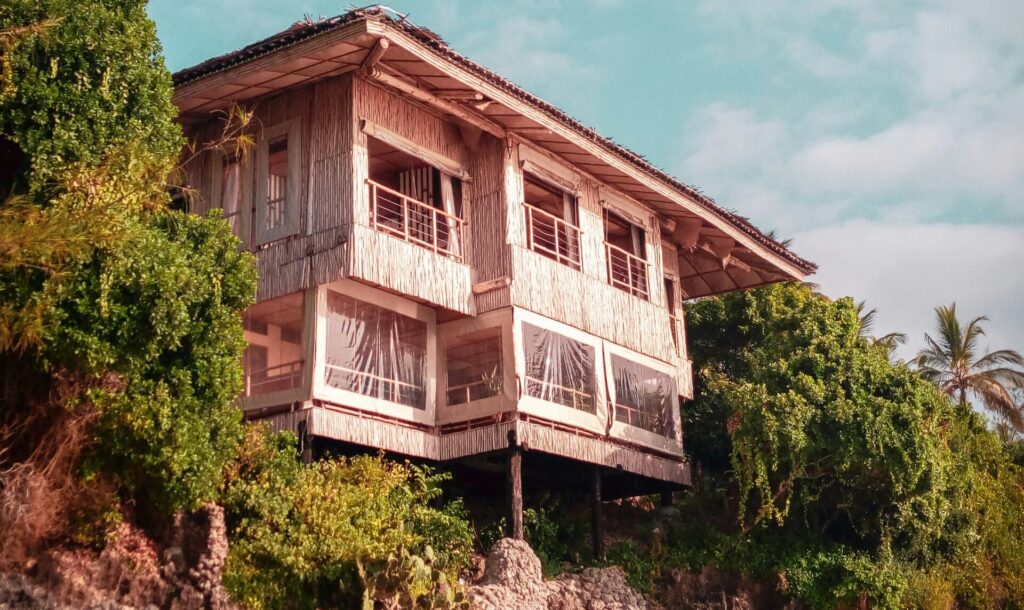Background to the Affordable Housing Strategy for the FSD Network in Kenya
The need for housing across Africa is immediately visible. In virtually every city across the continent, evidence of informal and inadequate housing conditions can be found in the proliferation of informal settlements and overcrowding. As the COVID-19 pandemic has highlighted so clearly, inadequate housing creates a key risk for infection, undermining efforts towards public health and failing to support household resilience in the face of emergency.
Meanwhile, African cities have the highest global urbanization, population, and household growth rates – in some cities as high as 6 percent. Without the supply of adequate, affordable housing at scale, housing backlogs continue to grow almost to the point of absurdity: Nigeria claims a backlog of 19 million units; in Kenya, the housing backlog is estimated at 2 million units, growing at over 350 000 units per annum, given smaller household sizes of 3,25 members in urban and 4 members in rural households; and in South Africa, notwithstanding its ambitious subsidized housing program the backlog persists at an estimated 2 million units.
Annual delivery rates of formal, developer-driven housing, don’t even begin to match growth, much less chip away at the backlog. As a result, most households build and finance their housing independently – and often poorly. Governments are at a loss of how to address the challenge and the private sector looks away, towards other opportunities.

Also Read: Supporting Housing Affordability in New York City Through Increased Housing Production
